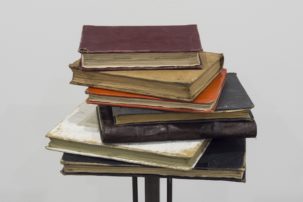“Making sure there is adequate insurance coverage on the art, whether at your home, at another location or while in transit, is very important,” says Tannie Ng, senior art, jewellery and valuable collections underwriter at Chubb Personal Risk Services.
“The most common type of art loss is a result of damage in transit, according to Chubb’s claims data,” Ng explains. Accordingly, Chubb and other large art-insurance companies offer connections to trusted affiliates in matter like art transit, conservation and storage.
“Because the art market fluctuates,” Ng advises, “it’s also worth looking at a coverage option that can address appreciation in the event of a covered loss.”
Farzina Coladon, underwriting manager at AXA XL, says most insurance brokers and reps in Canada are happy to share details on art coverage options.
“There are a lot of assumptions made with insurance policies,” Coladon notes. “Collectors usually just assume that their everyday [home] insurance policy is there to protect that art investment, but that’s not always the case.”
Coladon encourages collectors to learn as much as they can about basic art-preservation techniques—especially as cases of extreme weather increase. Flooding in Calgary and Toronto in recent years, for instance, led to multiple art collections being damaged.
“If you don’t have a space in your home to display your works of art, at least get them above ground or off the floor by four to five inches,” Coladon recommends. And ask your broker or insurer for more advice as you build your collection.
This post is adapted from the Canadian Art Collecting Guide, out in our Spring 2020 issue, “Influence.”






